Looking for the origins of the human brain: The role of South Africa in the history of palaeoneurology
DOI:
https://doi.org/10.17159/sajs.2025/18604Keywords:
Taung Child, Australopithecus, brain evolution, brain endocasts, ethicsAbstract
In 1925, Raymond Arthur Dart published his description and interpretations of the ‘Taung Child’ in the journal Nature, including a description of the natural brain endocast associated with the face and mandible. Details preserved in the endocast of the Taung Child have opened critical questions and debates about how the human brain evolved, and how to identify and study evidence of brain changes from fossil hominin crania. In this paper, we review and synthesise methodological innovations (how do we study fossil hominin brains?) and critical conceptual shifts (how did the hominin brain evolve?) triggered by the discovery of the Taung Child. In particular, we detail the impact of the study of the well-preserved crania and natural endocasts from the southern African hominin-bearing sites on our understanding of brain evolution and the integration of newly developed analytical tools into research in palaeoneurology (e.g. imaging techniques, 3D modelling). Additionally, we examine how the use of digital replicas of fossil hominin endocasts and the need to study extant human brains to form a comparative platform might raise questions about research practices (e.g. study and exhibition of fossil and extant human brains) and management of such invaluable heritage resources (e.g. data sharing). We finally consider how our view of human brain evolution, and in particular the putative uniqueness of the hominin brain, has changed over the last century.
Significance:
We review and synthesise methodological innovations and critical conceptual shifts triggered by the discovery and description of the brain endocast of the ‘Taung Child’ by R.A. Dart in 1925. In particular, we detail the impact of the study of the well-preserved southern African hominin crania and natural endocasts on our understanding of brain evolution and the integration of newly developed analytical tools into palaeoneurology. Then, we examine how the use of digital replicas and the need to study extant human brains might raise questions about research practices and management of such invaluable heritage resources.
Downloads
Published
Issue
Section
License

All articles are published under a Creative Commons Attribution 4.0 International Licence
Copyright is retained by the authors. Readers are welcome to reproduce, share and adapt the content without permission provided the source is attributed.
Disclaimer: The publisher and editors accept no responsibility for statements made by the authors
How to Cite
- Abstract 556
- PDF 458
- EPUB 154
- XML 259
- Peer review history 151
- Abstract in Setswana 152
Funding data
-
Centre National de la Recherche Scientifique
Grant numbers CPJ-Hominines

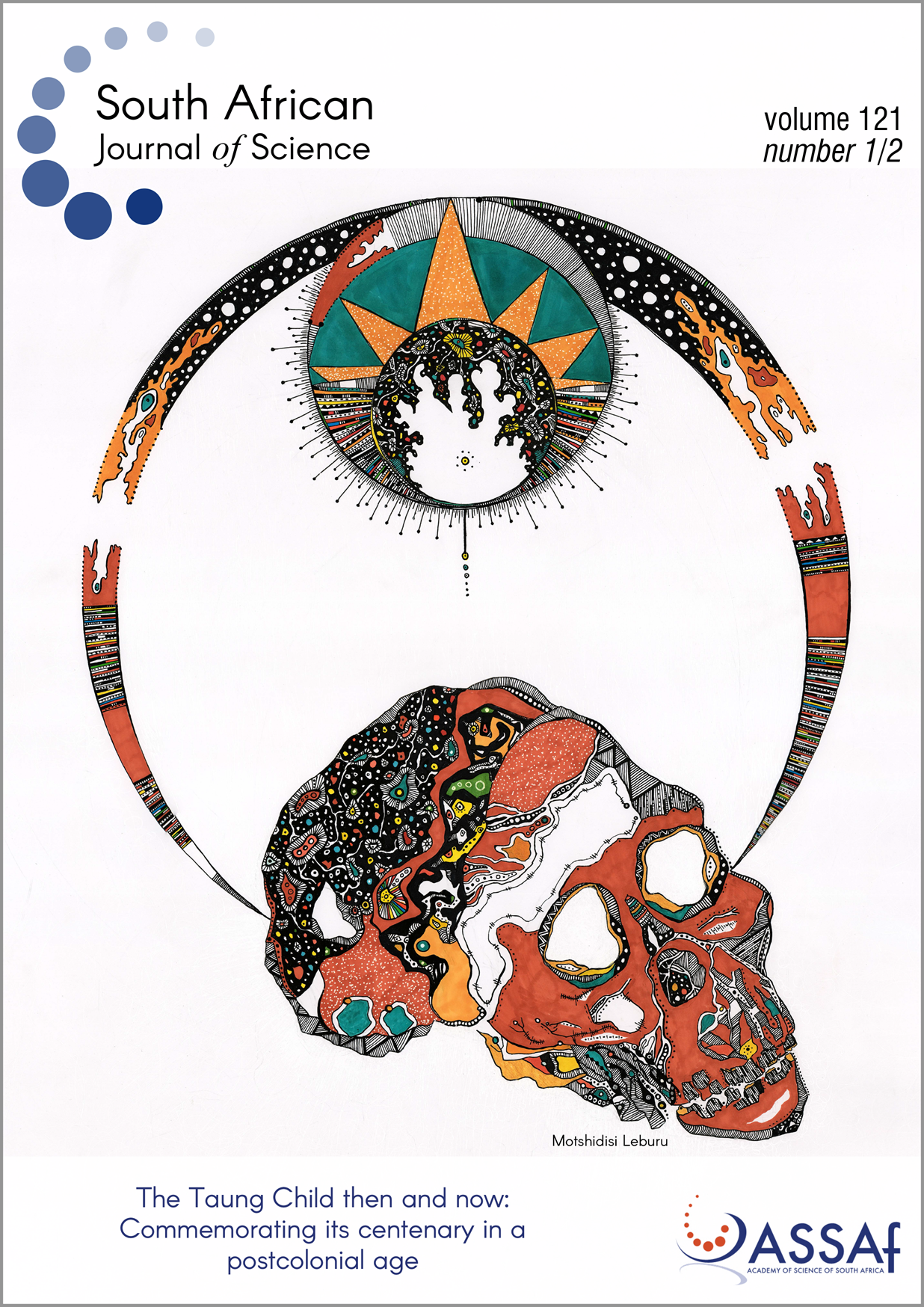




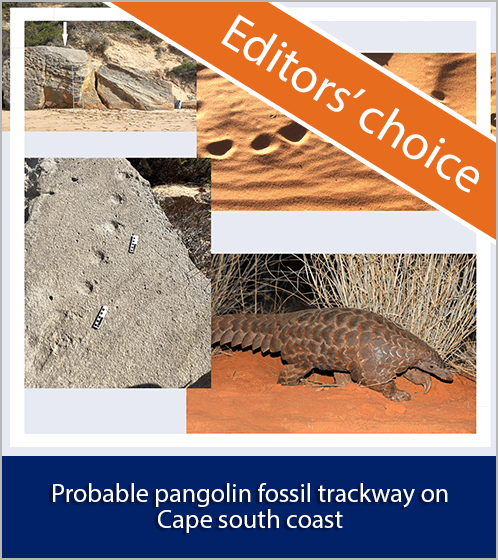
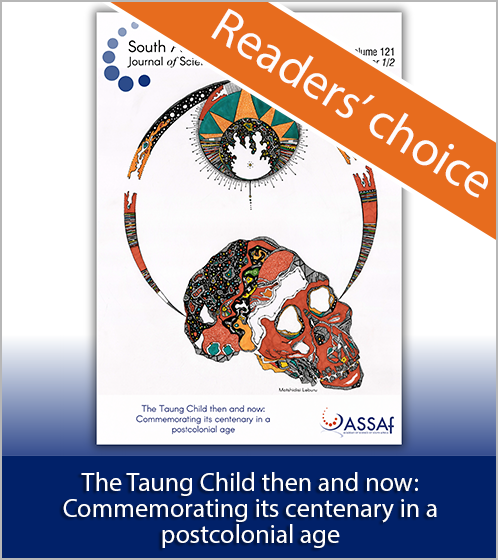

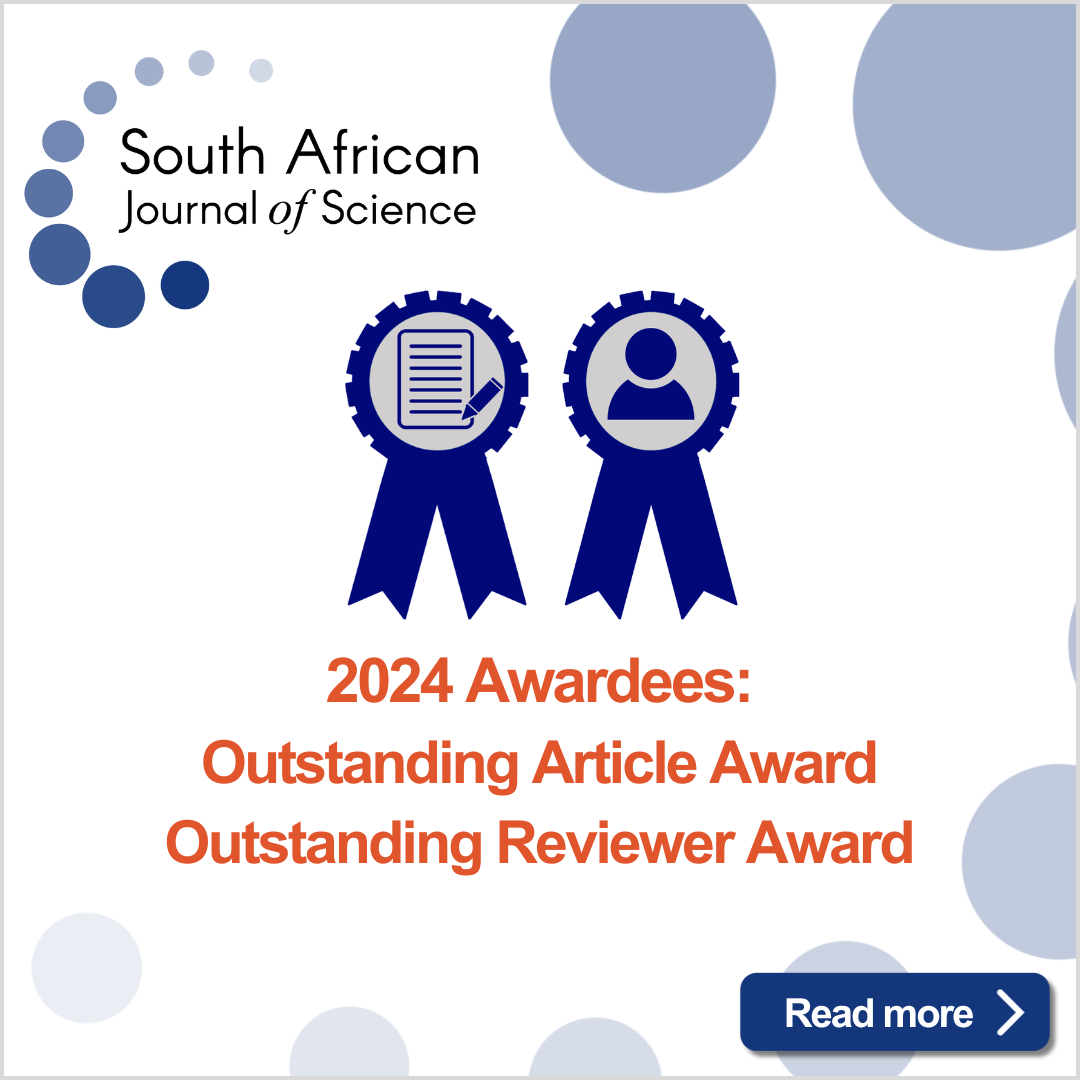

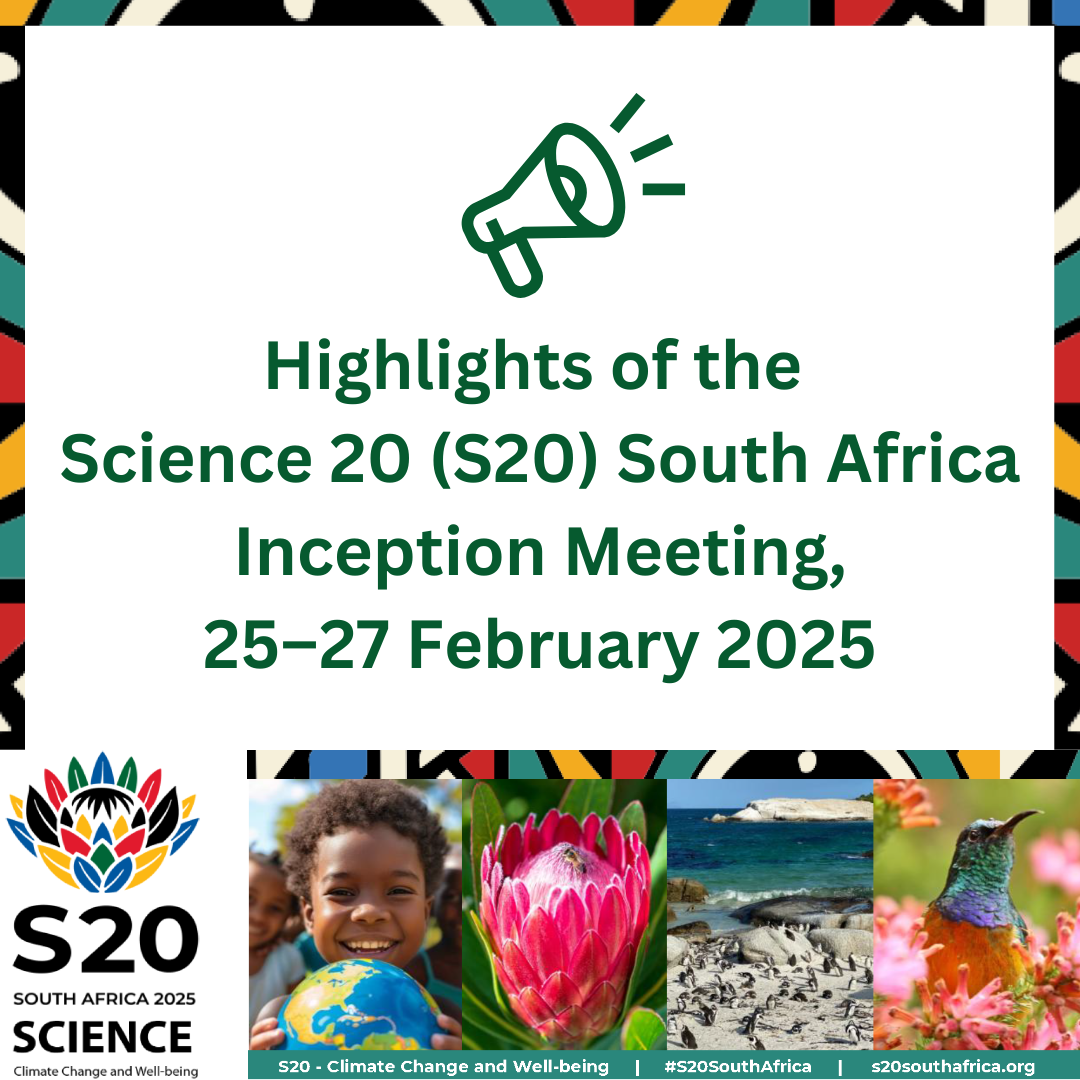
.png)